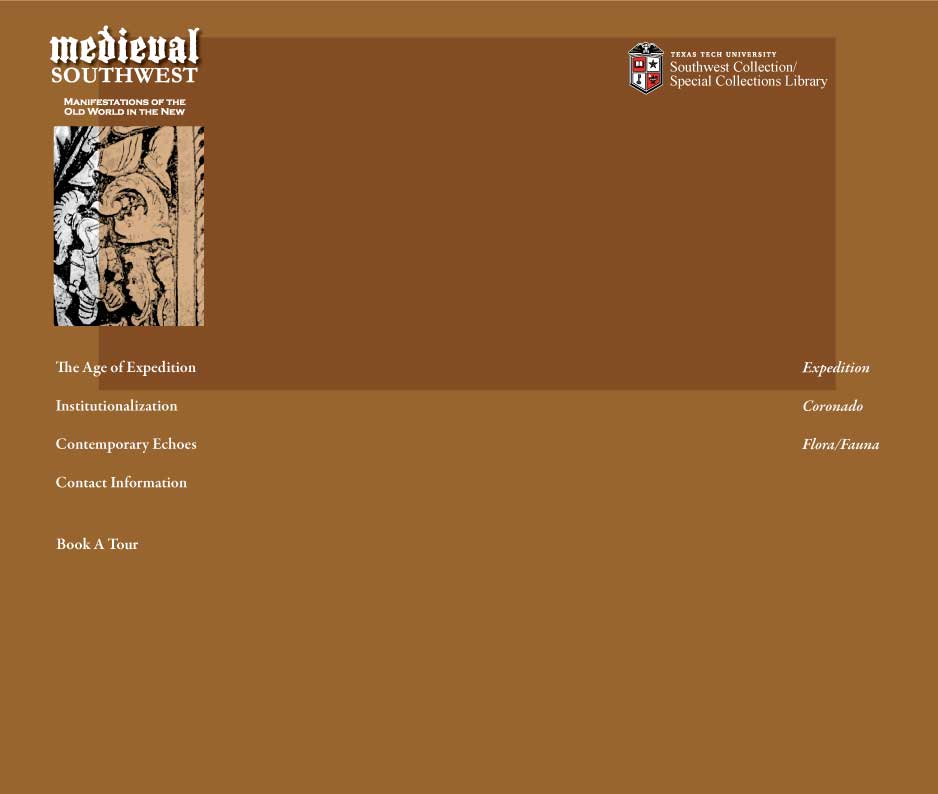"In 1492 columbus sailed the ocean blue."

Above: Discovery of America, May 12, 1492. Christopher Columbus. Jacob, P. L. Moeurs, usages et costumes au Moyen Âge et a l'époque de la Renaissance. New York : Frederick Ungar, 1874.
But Christopher Columbus was no solitary visionary. His project rested upon a long medieval tradition of exploration. He sailed caravels and a carrack, vessels that capable of sailing the Atlantic because they combined the best features of northern European cargo ships with the refinements of Mediterranean construction. He knew there was someplace to sail to because he was well read in ancient and medieval geographical and travel literature (contrary to “flat earth” misinformation introduced by Washington Irving in his 1828 Life and Voyages of Christopher Columbus, Columbus’s contemporaries all recognized, as the ancients had, that the world was round). He knew that well organized expeditions might find gold and other treasures because, from 1415 on, the Portuguese had been systematically expanding their presence in Africa and undertaking voyages of discovery geared toward its circumnavigation, a project that would culminate in Bartolomeu Dias rounding the southern tip in 1488 and in Vasco da Gama’s successful voyage on to India in 1498.
Piety as well as profit impelled Columbus. His goal was the wealthy East Asia described by Marco Polo and other medieval adventurers, and in his contract negotiations he took care to itemize what ought to be his personal profits and rewards. But, as a letter he wrote in 1500 reveals, he came to see his mission in cosmic and apocalyptic terms: “Of the new heaven and earth which our Lord made, as St. John was writing in the Apocalypse, after what was spoken in the mouth of Isaiah, he made me the messenger and showed me where it lay.”
Columbus’s sponsors, Ferdinand and Isabella, were crusading rulers who in 1492 had just conquered Spain’s last Muslim territory. They also were devoted to piety and profit. Theologians had agreed that Christianity could not be advanced by force. But free evangelization was nearly impossible when facing Muslims who executed those Christians who stubbornly persisted in attempting to convert them. As a result, crusading theorists developed the idea that armed force, although insufficient and ill-suited to secure any sort of sincere interior conversion to Christianity, could help “level the playing field” by providing the military security that would allow missionaries to preach. The result was a “one-two punch” of conquistadores and padres, men who could advance the kingdom of God on earth, and, not coincidentally, the Kingdom of Spain.
It was soon recognized that Columbus had found a “New World,” not the outlying lands of Asia. In 1522 the final proof came from the circumnavigation of the globe by Ferdinand Magellan’s expedition (or at least by the one of his five ships that actually managed to complete the voyage). Galleons systematically brought European soldiers, missionaries, and colonists, first to bases in the Caribbean islands and then to the mainland. Map makers sketched the new shores. And expeditions marched into the interior, looking for treasure and for people to evangelize. Within a couple of generations of Columbus’s first voyage, European explorers had surveyed an amazing amount of the Western hemisphere. In 1541, with the expedition of Francisco Vázquez de Coronado, they would even venture onto the High Plains of Texas.
The Age of Expedition -- Expedition -- Coronado -- Flora and fauna
